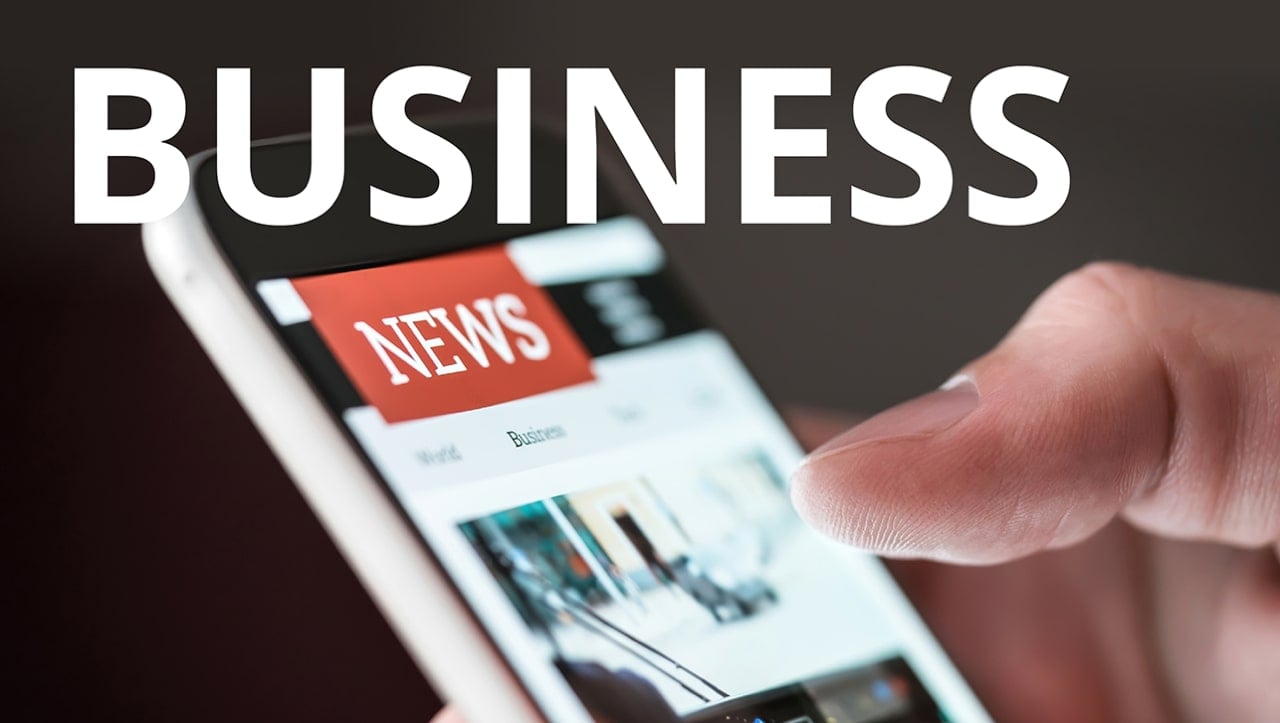Getting The Popular News To Work
Wiki Article
Unknown Facts About Popular News
Table of ContentsThe Basic Principles Of Popular News Some Known Incorrect Statements About Popular News Popular News Things To Know Before You Get ThisAn Unbiased View of Popular News
Age is additionally a factor in the way individuals view the duty of social networks. Younger social networks news consumers are more likely to claim it has actually influenced their understanding for the far better. Concerning fifty percent of social networks news consumers ages 18 to 29 (48%) claim information on social networks makes them much better informed, compared to 37% of those 30 to 49, 28% of those 50 to 64, and 27% of those 65 and older.Reporters evaluate news values when determining whether or not to cover an occasion or news. Perhaps the most essential component of newsworthiness is whether or not the information thing being communicated influences an information electrical outlet's audience.
Closeness is very important. Journalists want things that impact their communities. As an example, study on a state's new tax obligation code most likely won't create the exact same passion across state borders. Sometimes experts can aid localize a larger national story that influences even more than just a city or state. In these cases, it is crucial to be on the hunt for chances where topic experts can offer understanding or where similar tasks may be occurring locally.
If you are publishing relevant research study, loophole in MarComm before the short article being released to make sure that the pitch can emphasize the most recent component of the story: the magazine of the research. Events and statements that involve high-profile numbers are most likely to generate media coverage. Brows through from nationwide numbers commonly call for months of prep work due to anticipated neighborhood passion.
An Unbiased View of Popular News

Human interest aspects can include news worth to other tales that may show up to be doing not have in the other worths. The novelty or strangeness of a situation can aid affect whether or not an information outlet is likely to cover a tale. While this is not an exhaustive checklist, inspecting to see if your news product or event has these top qualities before calling us will certainly aid you establish which aspects hold one of the most information value.

How Popular News can Save You Time, Stress, and Money.
There is additionally substantial proof that even more consumers might start to Bonuses spend for news in the futureif publishers can recognize them and offer them well. Half of those who do not pay for news proactively look for out news and resemble clients in different ways. Popular News. And nearly 2 in 10 of those who don't subscribe to information now suggest they are inclined to start to pay in the futureWe then ask a collection of questions to determine whether people pay for specific types of information sources. We asked individuals to name the sources they use most oftenwhether they spend for them or nothow they use them, the certain things they think about vital regarding them, and some associated inquiries concerning the expense and worth of that source.
People are drawn to information in general for two factors over others: A desire to be educated citizens (newspaper subscribers particularly are very motivated by this) and since the publication they register for excels at covering particular topics about which those customers especially care. While there are a host of reasons, the No.
Greater than 4 in 10 likewise point out the truth that loved ones register for the very same product. Greater than a third of individuals say they initially subscribed in response to a discount or promotion. In print, people additionally are relocated greatly to register for get promo codes that conserve them cash, something that has untapped implications in electronic.
An Unbiased View of Popular News

We asked every person that informed us they have a regular totally free resource of news just how most likely they would be to pay for it. Even more than a quarter (26 percent) state they would certainly go to least rather likely to start paying for itand useful content 10 percent are extremely or extremely likely. These most likely payers have a tendency to be news hunters, and they also have a tendency to be people who currently spend for an information subscription along with the source they adhere to free of cost.
Of those that do pay, 54 percent subscribe to newspapers in print or digitally, which represents 29 percent of Americans on the whole. The majority of them purchase a print magazine in addition to their newspaper and pay for 2 to 4 information sources in total amount, some a lot more. And while 53 percent are long-time subscribers (5+ years), greater than a quarter (27 percent) have purchased their newspaper subscription within the past year.
Few print customers think it most likely they will change to a digital-only registration in the future, and even more than fifty percent of those that like electronic have never paid for a print variation of the same source. Popular News. Fully 75 percent of newspaper payers claim they mostly read the paper in print, while 21 percent are mainly electronic customers, and 4 percent describe themselves as equally divided
Report this wiki page